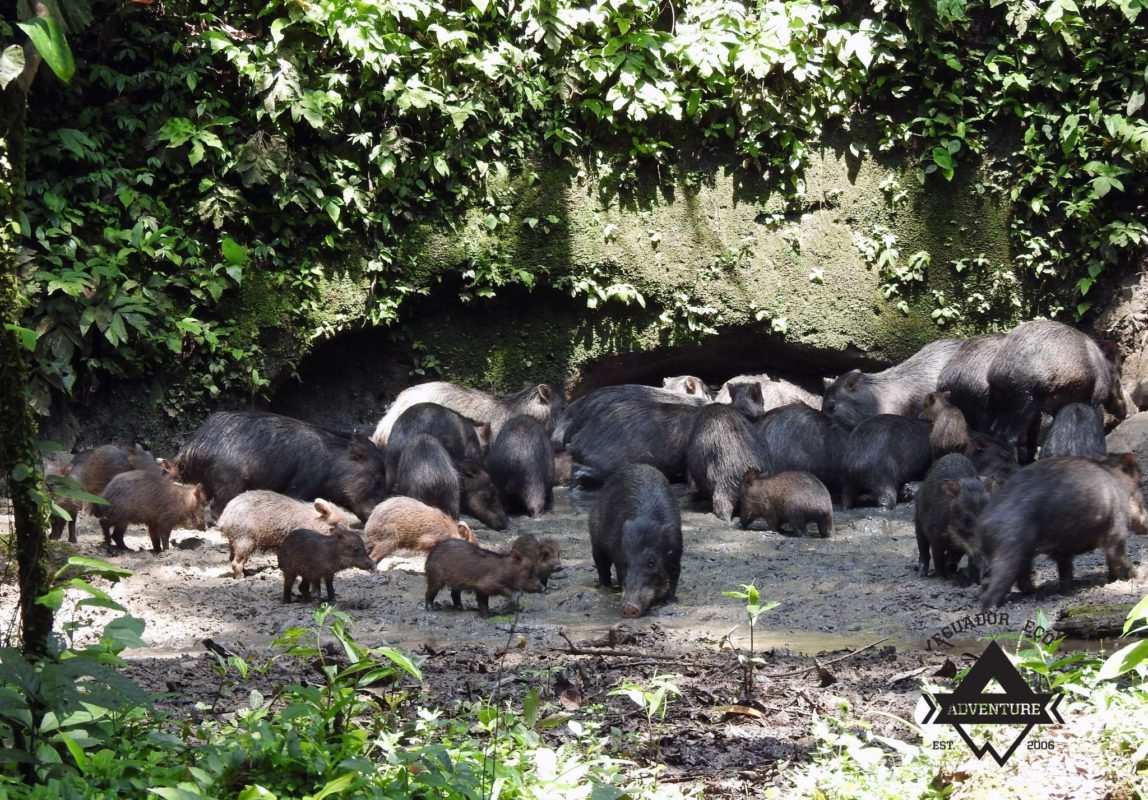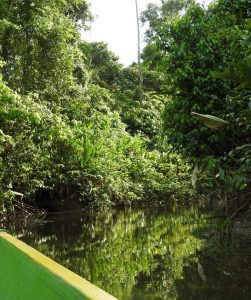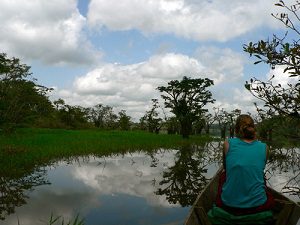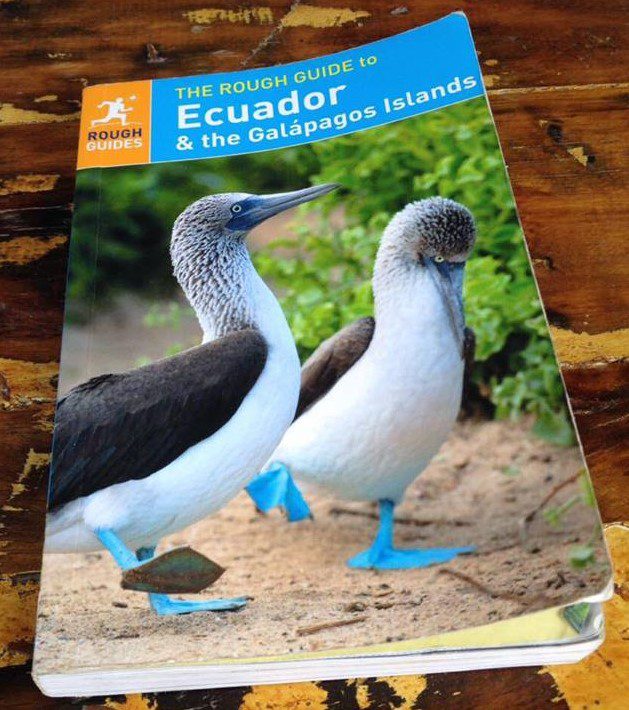Amazon Rainforest of Ecuador
The Ecuadorian Amazon is one of the most biologically diverse regions in the world, home to a wide array of flora and fauna, as well as indigenous communities with a rich cultural heritage. However, this region is also facing significant threats from climate change and petroleum exploration, which are putting the delicate ecosystems and communities at risk.
Biodiversity The Amazon Rainforest is the largest tropical rainforest in the world, covering an area of approximately 6.7 million square kilometers. It is home to approximately 10% of the world's known species, including thousands of plants, mammals, birds, reptiles, amphibians, and fish. The Ecuadorian Amazon is a particularly important area of the rainforest, as it is home to a high level of biodiversity, including many rare and endangered species.
One of the most iconic species found in the Ecuadorian Amazon is the jaguar, the largest cat in the Americas. These magnificent animals are top predators in the region and play a critical role in maintaining the balance of the ecosystem. Other notable species include the giant otter, the Amazon pink river dolphin, and the spectacled bear. There are also hundreds of species of birds found in the region, including the harpy eagle, the Andean cock-of-the-rock, and the blue-and-yellow macaw.
The Ecuadorian Amazon is also home to a diverse range of plant life, including many medicinal plants that have been used by indigenous communities for centuries. Some of the most important plants found in the region include the ayahuasca vine, which is used in traditional shamanic ceremonies, and the curare vine, which is used as a muscle relaxant.
History The history of the Ecuadorian Amazon is closely tied to the indigenous communities that have lived in the region for thousands of years. These communities have developed complex cultures and traditions that are closely linked to the natural environment.
However, the arrival of Europeans in the 16th century had a profound impact on the region. The Spanish conquest of the Amazon led to the forced labor of indigenous communities, the introduction of new diseases, and the exploitation of natural resources. This legacy of exploitation continued well into the 20th century, with the Amazon being used for timber extraction, mining, and agricultural development.
Today, the Ecuadorian government recognizes the rights of indigenous communities to their ancestral lands, and there is a growing movement to protect the Amazon and the cultures that depend on it.

Threat of Climate Change in Amazon
Climate change is one of the most significant threats facing the Ecuadorian Amazon. The region is particularly vulnerable to the impacts of global warming, including rising temperatures, changing rainfall patterns, and more frequent extreme weather events.
One of the most significant impacts of climate change on the Amazon is the increase in wildfires. In recent years, the region has experienced a sharp rise in the number and intensity of fires, which are often started by humans. These fires are a major threat to the ecosystems of the Amazon, destroying habitats and releasing large amounts of carbon into the atmosphere.
Climate change is also affecting the hydrological cycle of the Amazon, which is having a profound impact on the region's flora and fauna. Changing rainfall patterns are altering the distribution of plant species, while rising temperatures are leading to the loss of many animal species.
Threats from Petroleum Exploration Petroleum exploration is another major threat facing the Ecuadorian Amazon. The region is home to significant oil reserves, and the extraction of this oil has had a devastating impact on the environment and the communities that depend on it.
Oil exploration often involves the clearing of large areas of forest, the construction of roads and pipelines, and the use of toxic chemicals. These activities can have a profound impact on the ecosystems of the Amazon, destroying habitats, polluting water sources, and releasing large amounts of carbon into the atmosphere










